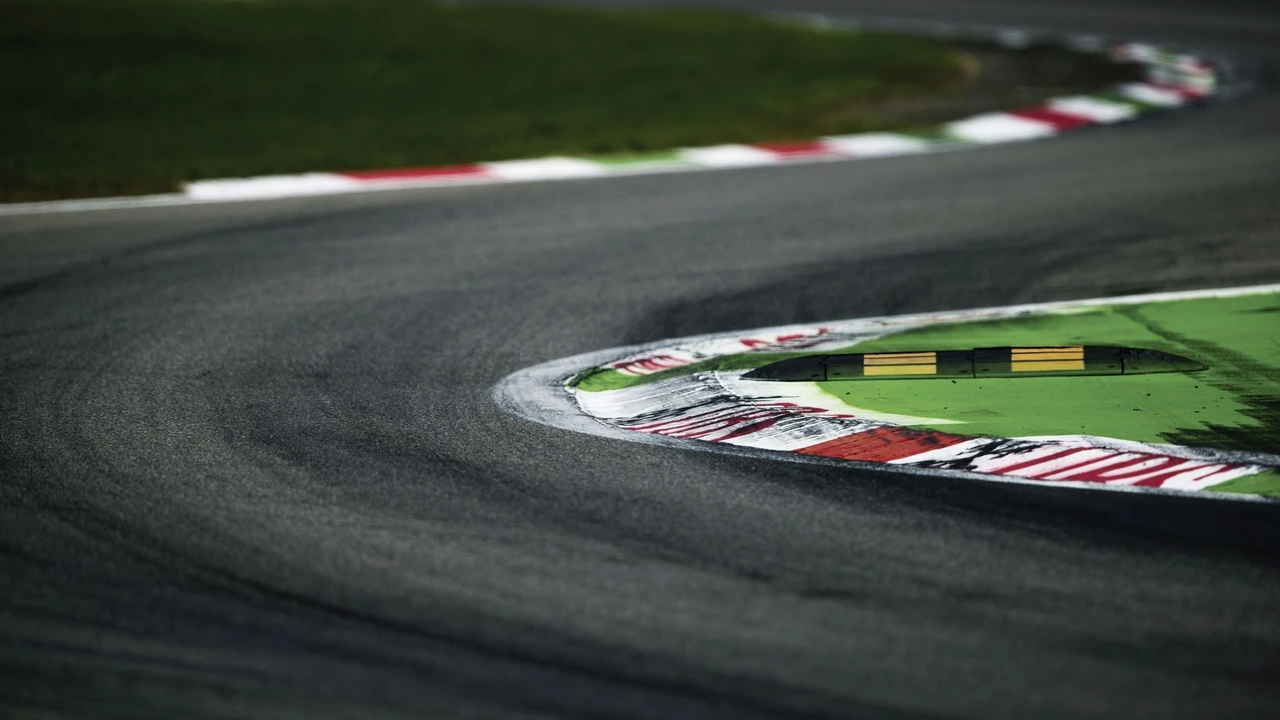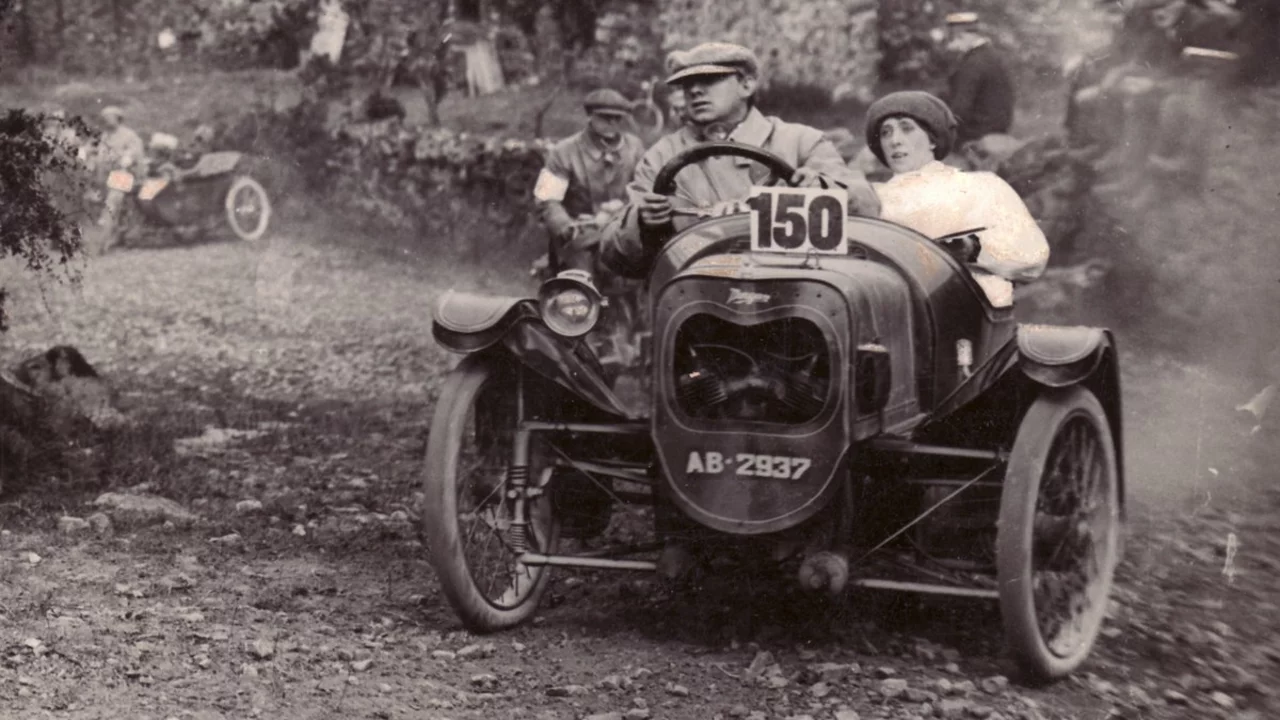July 2023 Motorsports Archive
Welcome to the July 2023 roundup on Baron Motorsports Hub. This month we tackled three very different topics, from how the world‑class circuits are built, to the wild danger of early auto races, and even a hot debate on feminism and men’s‑rights activism. Ready to see what we covered? Let’s jump right in.
How Formula 1 and MotoGP Tracks Are Made
Designing a racing circuit isn’t just about drawing a big loop on a map. Engineers start by looking at the land, the surrounding scenery, and the safety rules that govern high‑speed sport. They sketch straight sections for raw speed, then weave in tight corners that test driver skill. Elevation changes—like hills and drops—add excitement for the fans and extra challenge for the racers.
Once a rough layout is drawn, computer simulations run thousands of test laps. These models show where drivers might lose grip or where a crash could happen. The data helps designers tweak the track’s width, the angle of a corner, and the placement of runoff areas. After the virtual pass, real‑world construction begins: earth moving, paving, installing barriers, and building pit lanes and grandstands. The end result is a blend of art and engineering that gives us the thrilling races we love.
Why Early 1900s Auto Racing Was a Death Trap
Think racing was always a well‑controlled sport? Think again. In the early 1900s, safety was barely a thought. Drivers rode in open‑frame cars without seatbelts, helmets, or fire‑proof suits. The roads were dusty, uneven, and often shared with pedestrians and livestock. Spectators stood close to the track, sometimes right on the road itself.
Because there were no barriers, a single spin could send a car into the crowd. Fatalities were common for both drivers and onlookers. It took countless tragic accidents before organizers started adding simple fences, improving car construction, and mandating basic protective gear. Those hard‑earned lessons paved the way for the safety standards we see today in Formula 1, IndyCar, and MotoGP.
Even though those early races were terrifying, they sparked a passion that still fuels modern motorsports. The daring spirit of those pioneers reminds us why every safety upgrade matters.
Can You Be Both a Feminist and a Men’s‑Rights Activist?
At first glance, feminism and men’s‑rights activism (MRA) seem like opposite camps. Feminism fights for women’s equality, while MRA focuses on issues men face. But dig a little deeper, and you’ll see they share a core belief: gender equality.
Both movements argue that rigid gender roles hurt everyone. A feminist might point out wage gaps and harassment, while an MRA supporter could highlight mental‑health stigma for men. When you look at the bigger picture, the goal isn’t to favor one gender over the other—it’s to level the playing field.
Balancing the two views can be tricky because some groups within each movement hold extreme positions. The key is to focus on the shared values—fairness, respect, and the right to live without gender‑based pressure. By staying open to the challenges both men and women face, you can support gender justice without buying into the hate that sometimes surfaces in fringe corners.
So, yes, it’s possible to stand for feminist ideals while also advocating for men’s‑rights issues. It just requires a clear mind, respect for differing experiences, and a commitment to equality for all.
That’s the July 2023 snapshot: track design secrets, a look back at racing’s perilous past, and a thoughtful take on gender debates. Stay tuned for more deep dives and fresh perspectives on everything motorsports.


